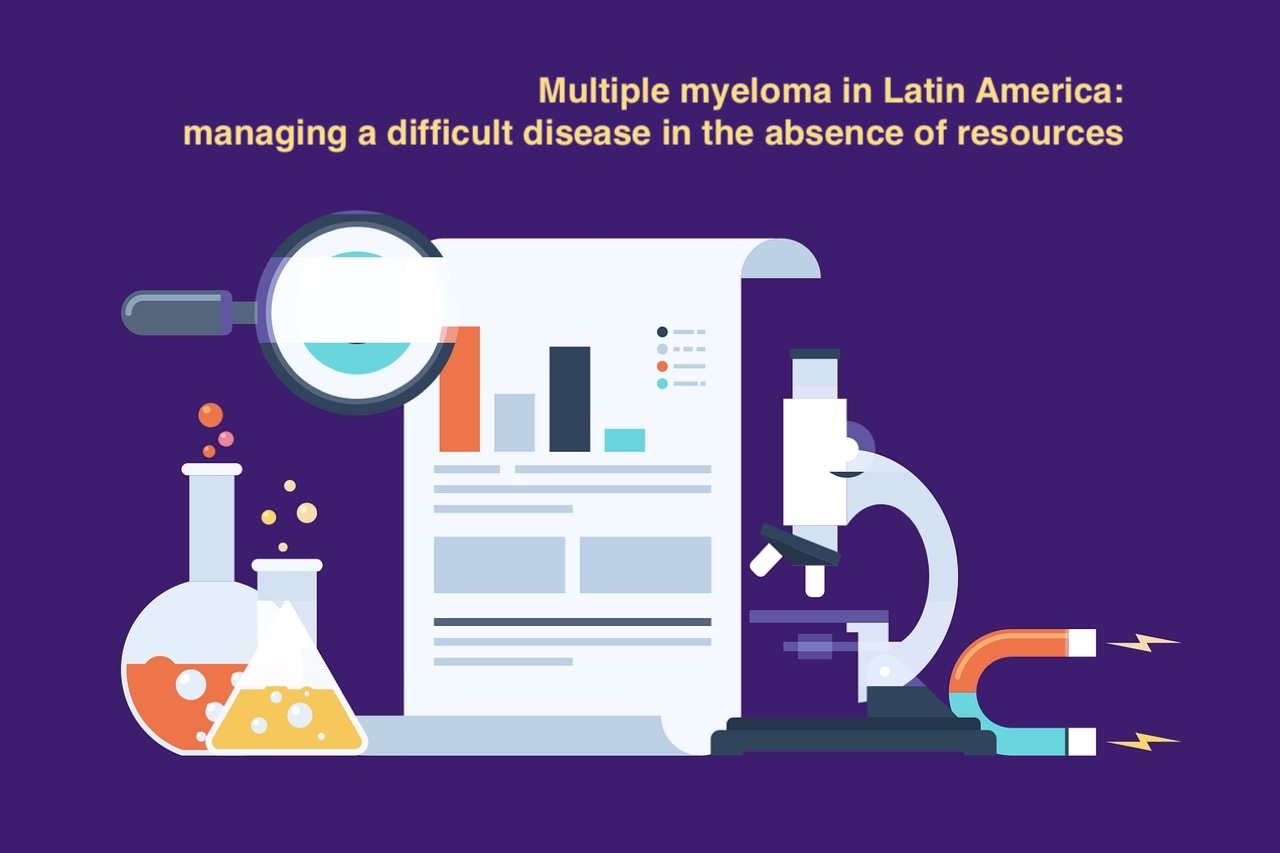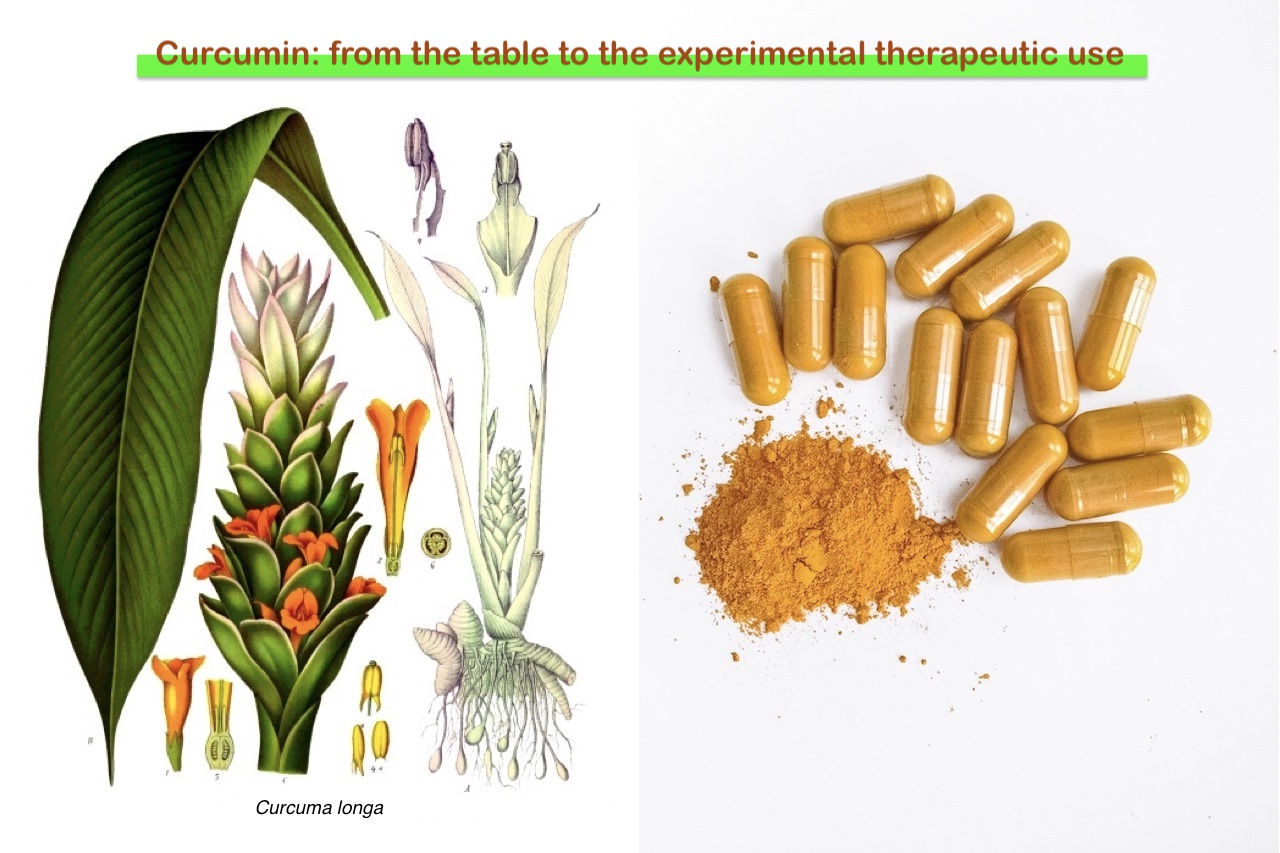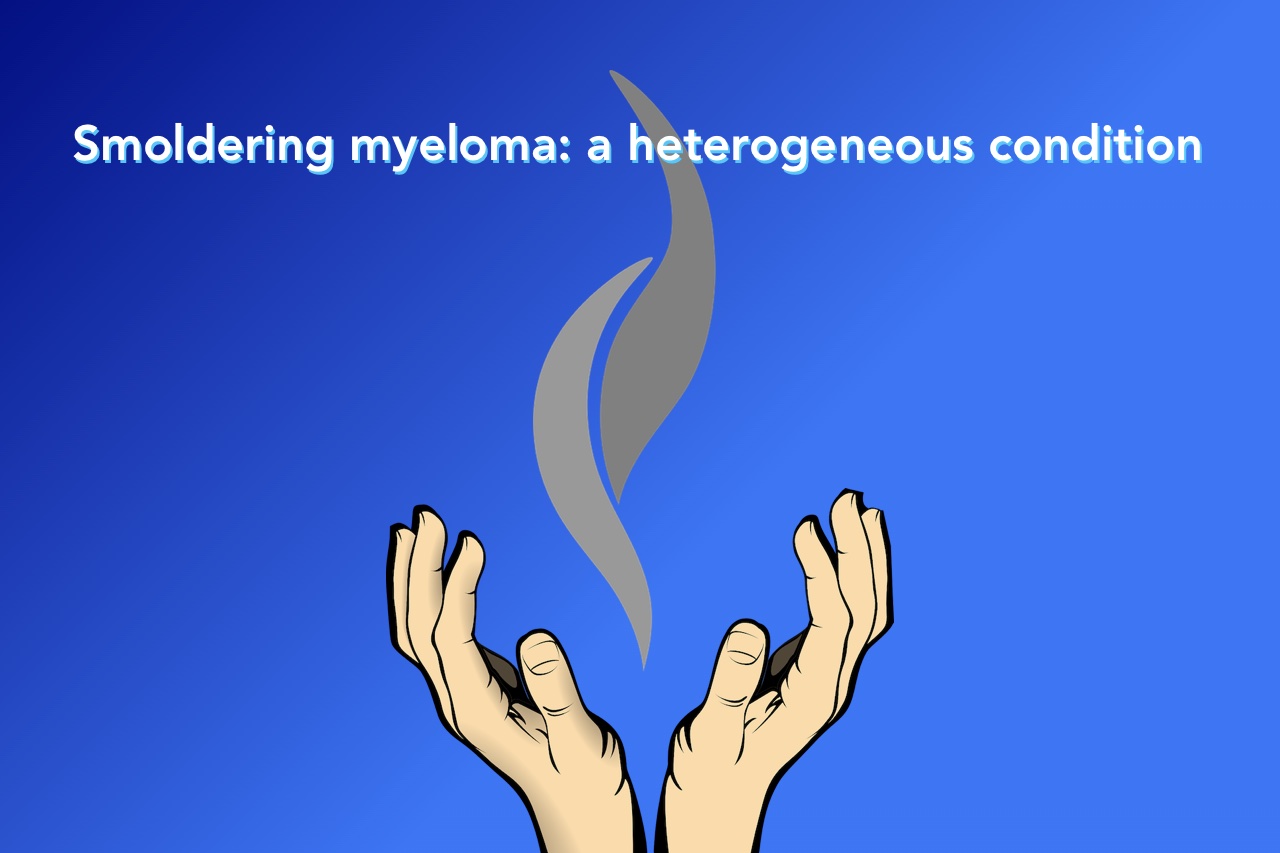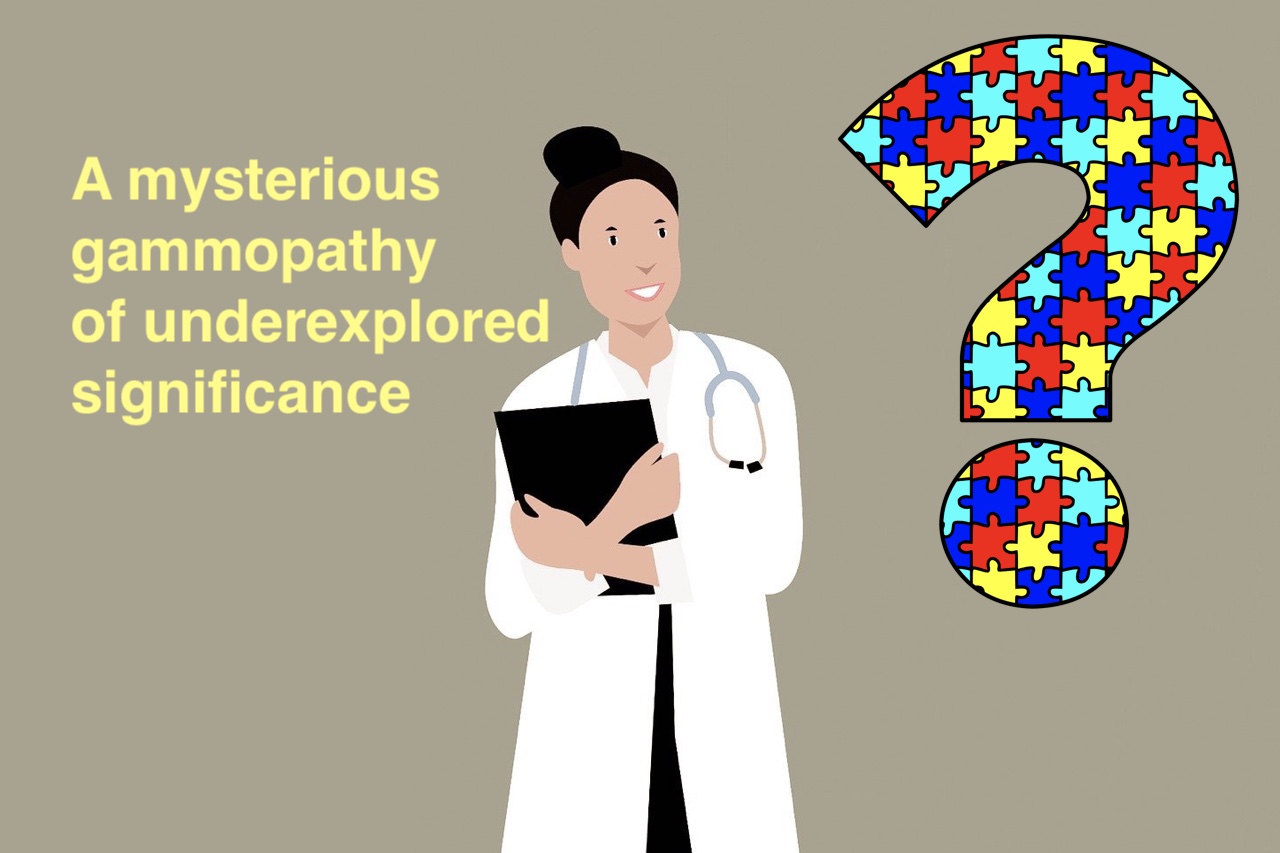The topic I would like to talk to you about today gets its ideas from a rather recent review by Iuliana Vaxman and Morie Gertz entitled How I approach smoldering multiple myeloma. (1)
The two authors clarify the current state of knowledge on smoldering myeloma in great detail, in addition to providing their personal approach to the management of this particular clinical condition.
What is Smoldering Multiple Myeloma?
Smoldering myeloma is the condition from which myeloma itself originates. It is not a real disease, but rather a mix of “clinical conditions” without symptoms! In fact, some patients have a very slow progression; it has even been estimated that over 25% of patients with smoldering myeloma will never develop symptomatic myeloma.
High-risk patients: how to identify them?
Alongside the previously mentioned patients, however, we also have patients with very fast progression, with a high risk of evolution into symptomatic myeloma in less than two years. This condition is known as “high risk” smoldering myeloma.
So we understand how important it is to understand what the actual risk is for each patient that their smoldering myeloma could become symptomatic myeloma.
Over the last few years, tools have been validated that allow doctors to identify high-risk patients. One of these is the model developed by the Mayo Clinic in 2018 and takes three parameters into consideration: two detectable on the blood (the M-protein and the ratio of free light chains), one instead on the bone marrow (the percentage of abnormal plasma cells).
However, a model of this kind is applied in a single moment in time, and blood and marrow analyzes are done close to the haematological visit. This is in fact called a static approach.
Dynamic approach: a film of the disease
However, the authors of the article advise not to rely only on static models like the one just seen, but rather to evaluate several parameters over time. For example by assessing how much the M protein varies from one medical examination to another. This approach applies to many other parameters, such as hemoglobin or creatinine. The goal would be to “take more snapshots” of smoldering myeloma over time: in other words, a real film! This type of approach is defined as “dynamic”.
From close surveillance to an almost resolutive treatment
Currently, regardless of the risk, the strategy used by the hematologist towards smoldering myeloma is close surveillance; for example every three months. However, there are many researchers who think that, for high-risk patients, a therapeutic approach already in this phase could be useful, slowing down the evolution into symptomatic myeloma or even completely eradicating the altered plasma cells (with a potentially curative effect). Benefits have been demonstrated in the past using the drug lenalidomide, with or without dexamethasone.
Treatment: neither too early nor too late
To date, there are many ongoing clinical trials investigating drugs to treat high-risk patients. On the basis of this, however, a more unanimous definition of a high-risk patient is needed. Finding the moment in which the patient would benefit from a drug treatment has been a real challenge in recent years. The treatment should not be applied too early: every drug has its side effects. But not too late either: early treatment could block the evolution of the disease for a very long time.
Finding this balance represents the recent challenge in scientific research on smoldering myeloma.
Bibliography (1) How I approach smoldering multiple myeloma – PubMed (nih.gov)










